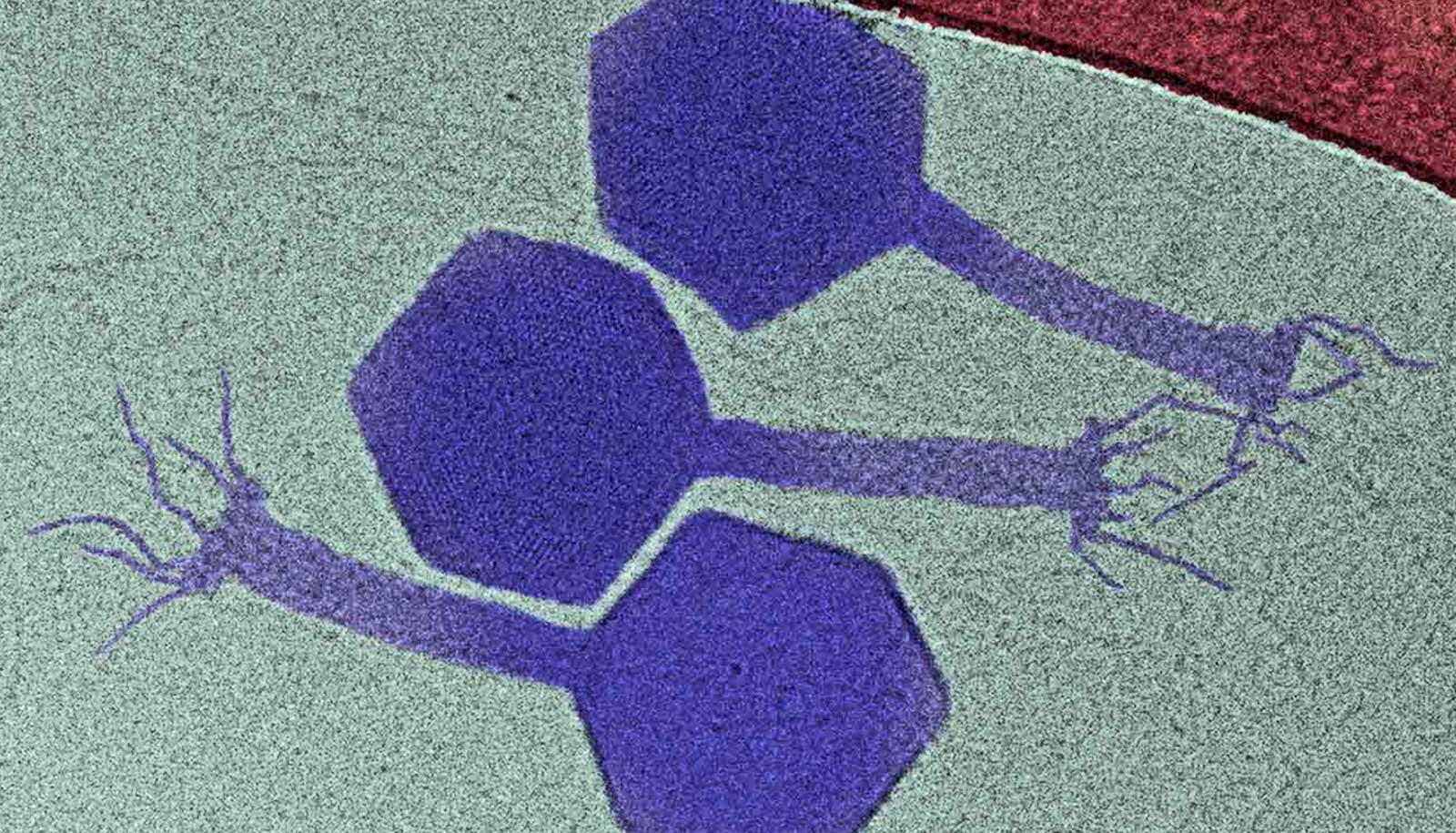In a significant breakthrough, researchers at ETH Zurich have unveiled a new virus, Paride, capable of attacking dormant bacteria, providing a potential solution to the rising threat of antibiotic-resistant superbugs.
Bacterial Dormancy and Treatment Challenges
Bacteria often enter a dormant state as a defense mechanism against antibiotics, hindering conventional treatment methods. This phenomenon contributes to the global issue of antimicrobial resistance, making infections increasingly difficult to manage.
Paride: The Dormancy Buster: Scientists hypothesized the existence of phages that could target bacteria in their dormant state. After years of research, they identified Paride, a bacteriophage with the unique ability to infect dormant bacteria, specifically Pseudomonas aeruginosa—a common drug-resistant bacterium causing infections like pneumonia and UTIs.
Mechanism of Action: While the exact mechanism is yet to be fully understood, researchers believe Paride may use a molecular “key” to awaken dormant bacteria and then hijack their multiplication machinery for reproduction.
Lab Testing Success: In laboratory tests, Paride alone demonstrated the ability to eliminate 99% of dormant bacteria. However, the remaining 1% could potentially regroup and pose challenges. The breakthrough came when researchers combined Paride with the antibiotic meropenem, resulting in the complete eradication of the bacterial population.
Clinical Relevance and Future Prospects
Further tests on mice with chronic infections showed that the combination of Paride and antibiotics exhibited significant efficacy against the bacteria. This discovery indicates potential clinical relevance in addressing antibiotic-resistant infections.

Paride phage (purple)
Implications for Phage Therapy
Phage therapy, often discussed as an alternative to antibiotics, gains significance with this discovery. The synergistic approach of combining Paride with antibiotics presents a novel strategy in the battle against antibiotic-resistant bacteria.
Challenges and Future Research
While this breakthrough offers hope, researchers acknowledge the need for further investigations to understand Paride’s precise mechanism and to explore its potential applications in clinical settings. The researchers aim to elucidate the genes or molecules involved in awakening dormant bacteria for targeted treatment.
Global Impact and Antimicrobial Resistance
With the World Health Organization highlighting the severe consequences of antimicrobial resistance, Paride’s potential as a phage therapy could play a crucial role in mitigating the threat. The United Nations warns of up to 10 million deaths per year by 2050 due to antimicrobial resistance.
Conclusion
Paride’s discovery marks a significant step forward in the quest for effective treatments against antibiotic-resistant superbugs. As researchers delve deeper into understanding its mechanisms, the hope for innovative therapeutic strategies to combat drug-resistant bacterial infections continues to grow.
References:
